Orthographic depth of different languages
Languages have various levels of orthographic depth, which means that a language’s orthography can vary in a spectrum of a very irregular and difficult orthography (deep orthography) to a quite regular and simple one (shallow orthography).

English, French, Danish, Swedish, Arabic, Urdu, Tibetan, Burmese, Thai, Khmer, Lao, Chinese, and Japanese have orthographies that are highly irregular, difficult, and where sounds cannot be predicted from the spelling. These writing systems are more difficult and slow to be learned by kids, who may take years. In the medium of the scale, there’s Spanish, Portuguese, German, Polish, Greek, Russian, Persian, Hindi, Korean, where there are some irregularities but overall, the correspondence of one sound to one phoneme is not that bad. At the positive end of the scale, there’s Italian, Serbo-Croat, Romanian, Finnish, Basque, Turkish, Indonesian, Quechua, Aymara, Guarani, Mayan languages, and most African languages (because there was no history of spelling, so a new one of the scratch was made as very regular), they all have very easy and regular spelling systems, with usually a one-to-one correspondence between and letters and sounds. Kids very quickly learn these.
Orthographic depth has several implications for the study of psycholinguistics and the study of language processing, and the acquisition of reading and writing by kids.


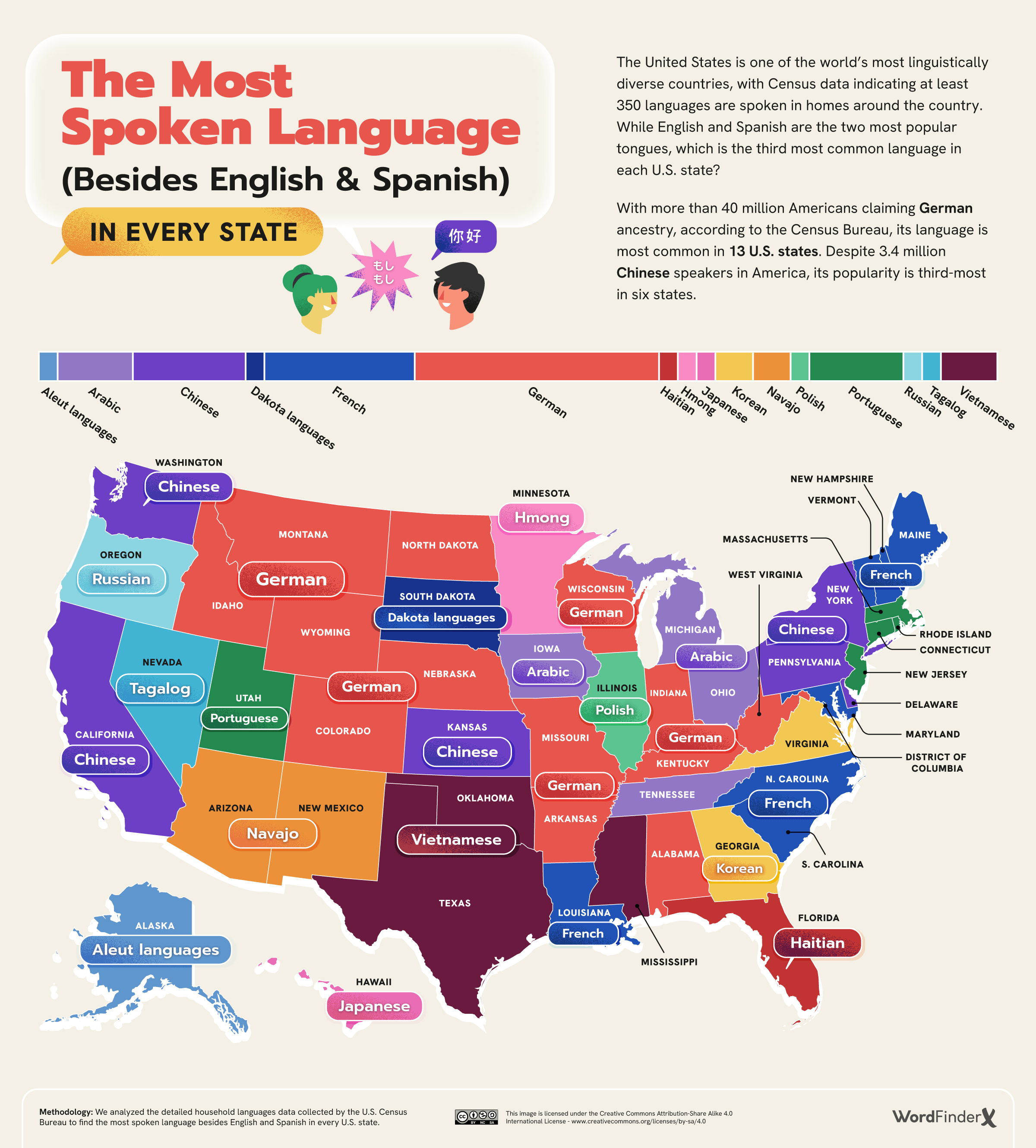
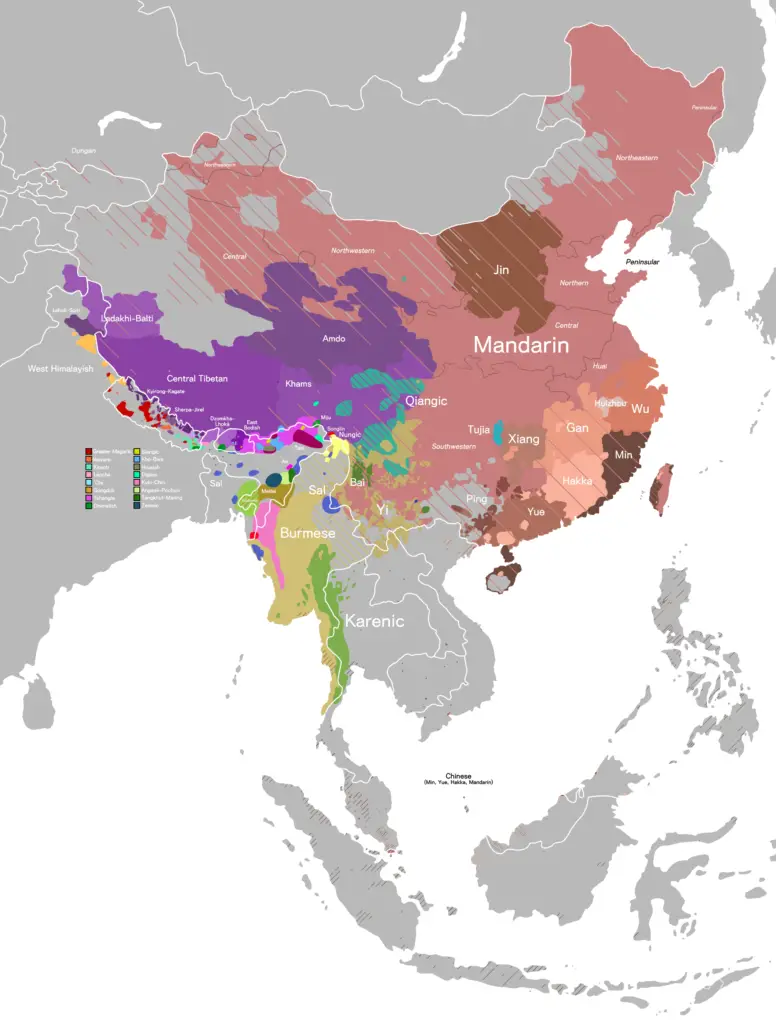
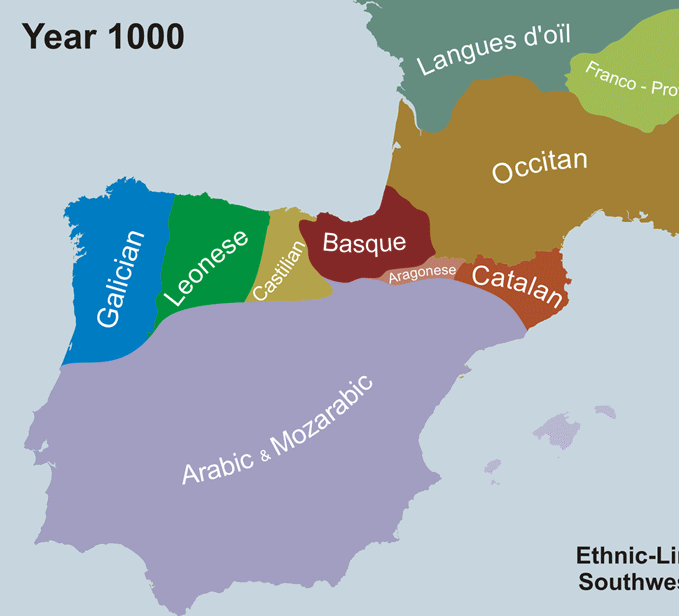
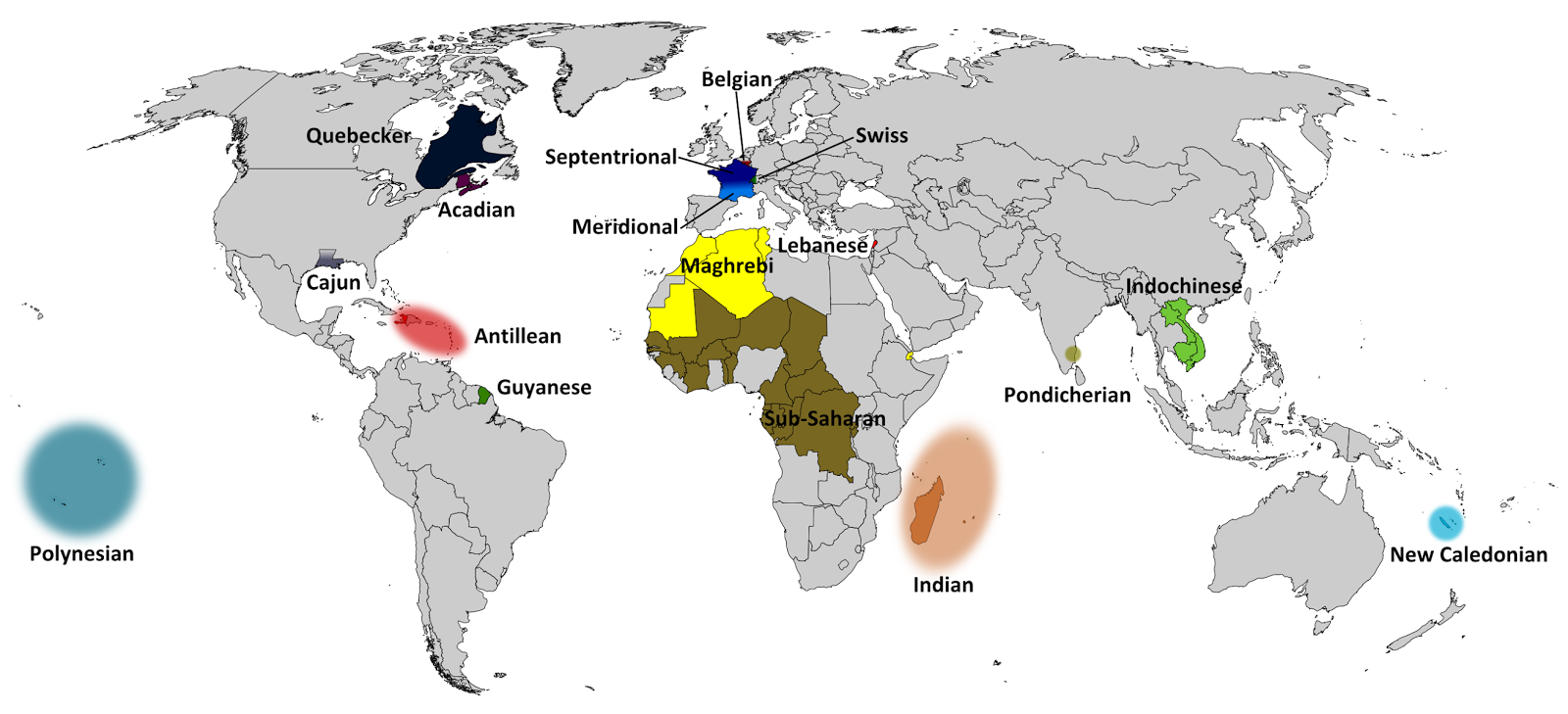


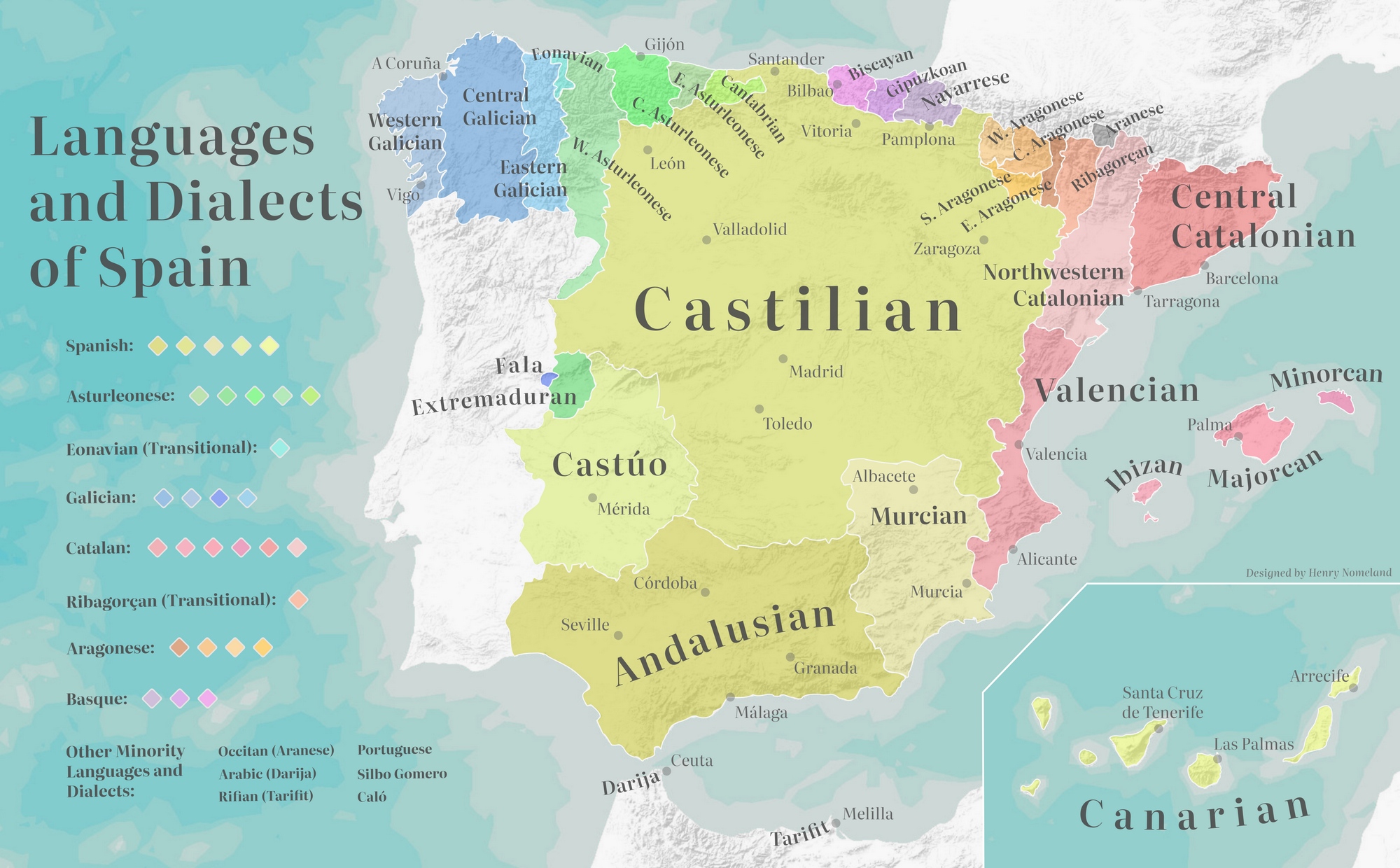
Telugu’s orthography is very easy to learn and logical to master. It’s abugida script and positioning of consonants and vowel combinations make it much easier that even the other south Indian scripts. Tamil is the hardest among the Dravidian literary languages as some consonants like tha and dha share the same consonant sound. With Telugu, Kannada and Malayalam there is absolutely no ambiguity in pronunciation.
Some Latin letters were used somewhat arbitrarily. For Irish Gaelic, some letters have no resemblance to the original Latin.
Edit: I think the reason Ireland was red is probably because Ireland speaks English mostly. Irish is yellow however
Christian missionaries amd scholars got better at applying the Latin script to translate the Bible.
That is why African and Pacific languages are easier than Germanic.
Irish should probably be yellow
Edit: I think the reason Ireland was red is probably because Ireland speaks English mostly. Irish is yellow however
Firstly, Norweigian should be red just like Swedish and Danish. Irish should be yellow since it’s the official language of Ireland so part of Ireland should be yellow. By the way, I wouldn’t agree that Basque pronounciation is regular since it has variations and severa; dialects among many consonants like J or H.
Lao should be green?